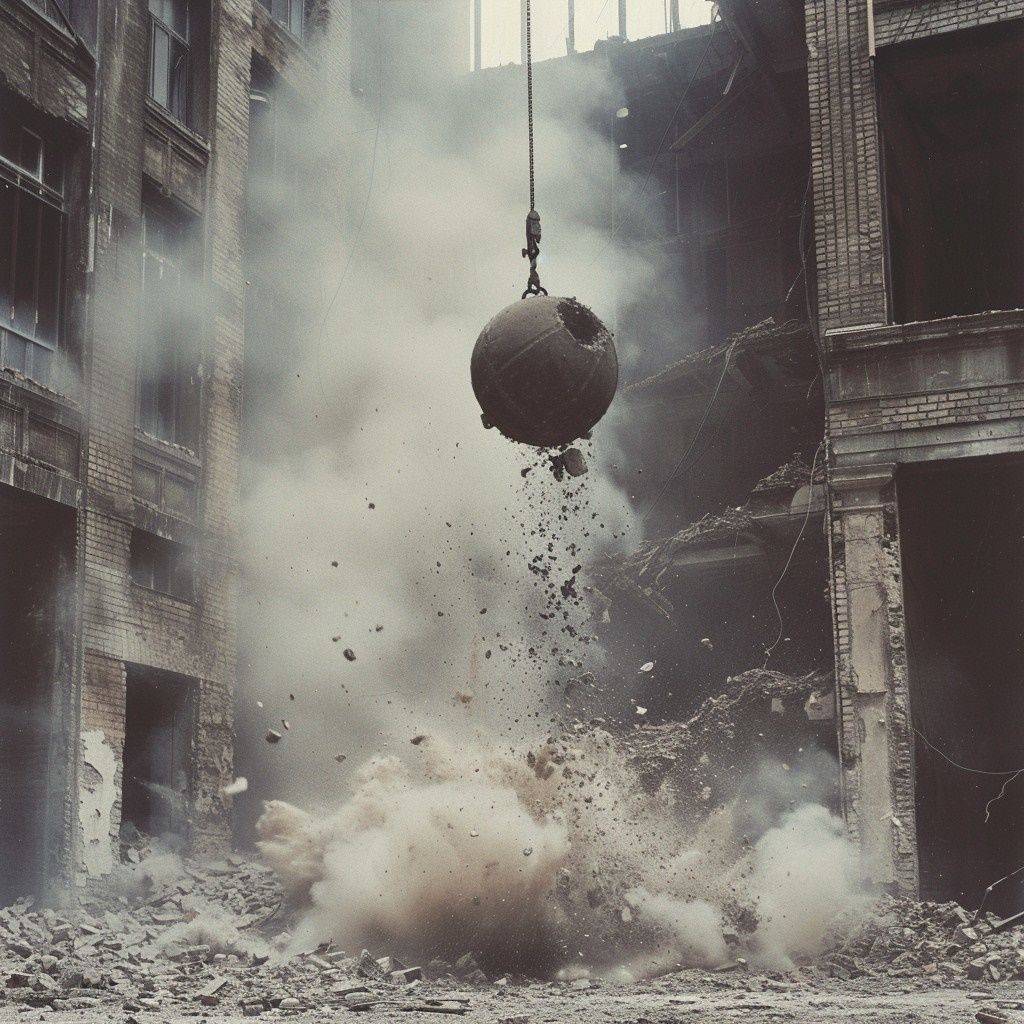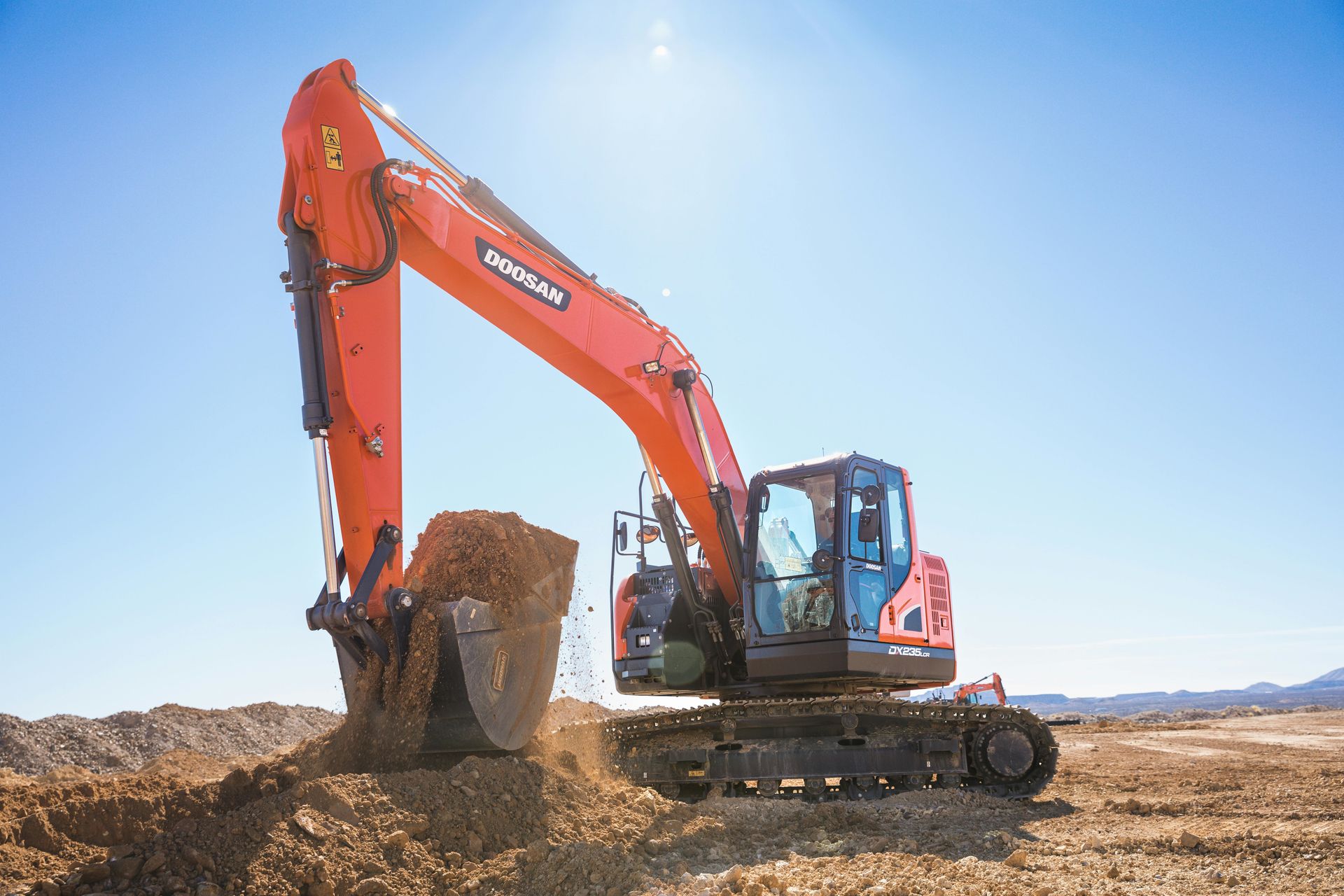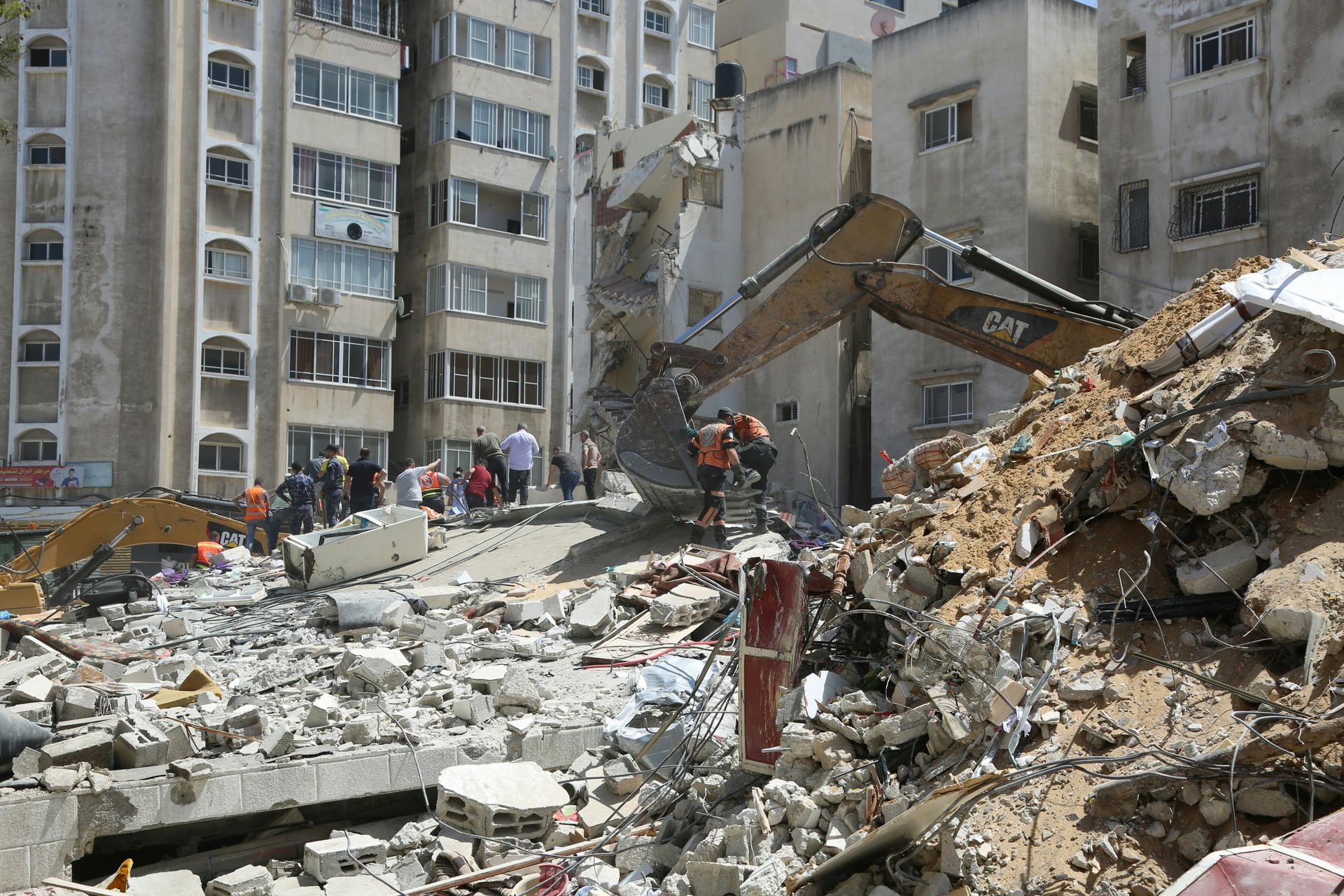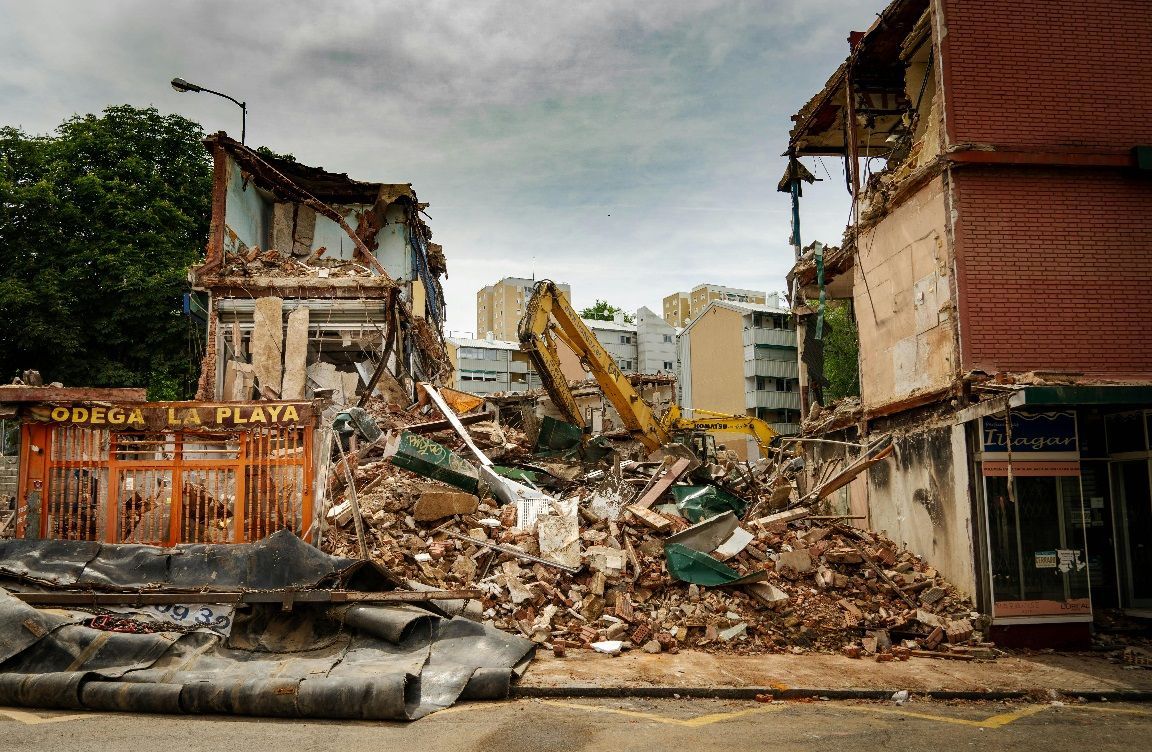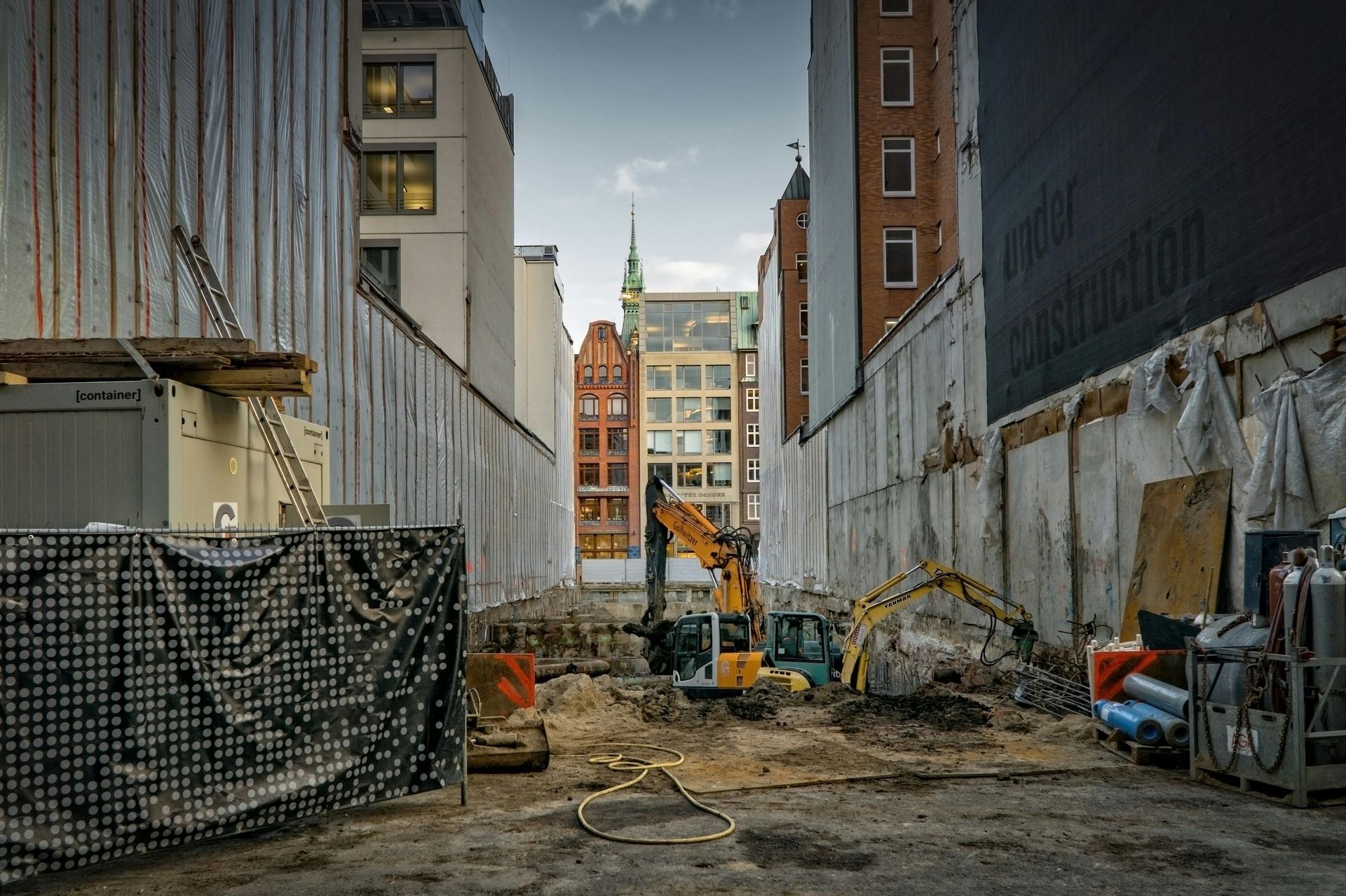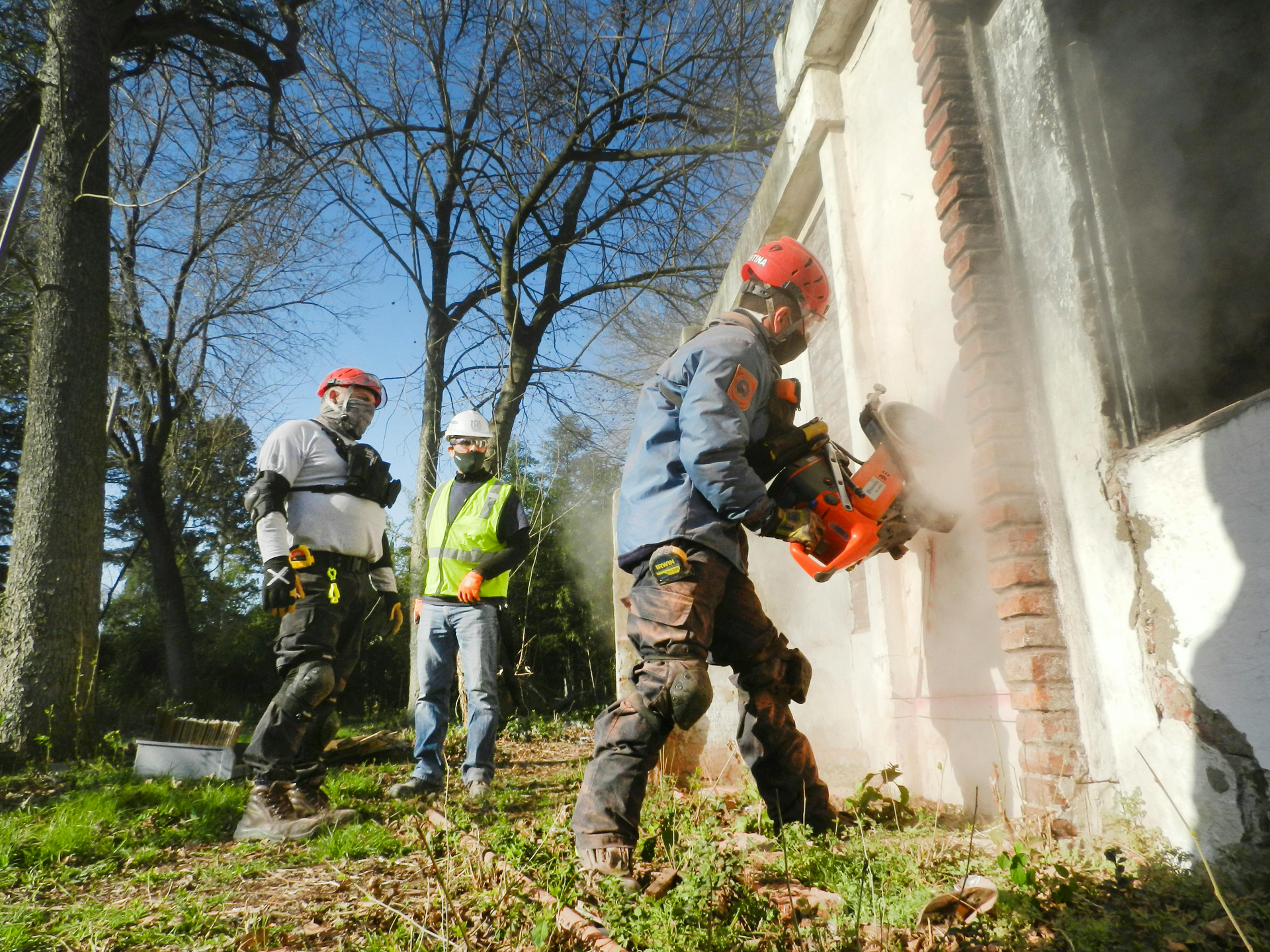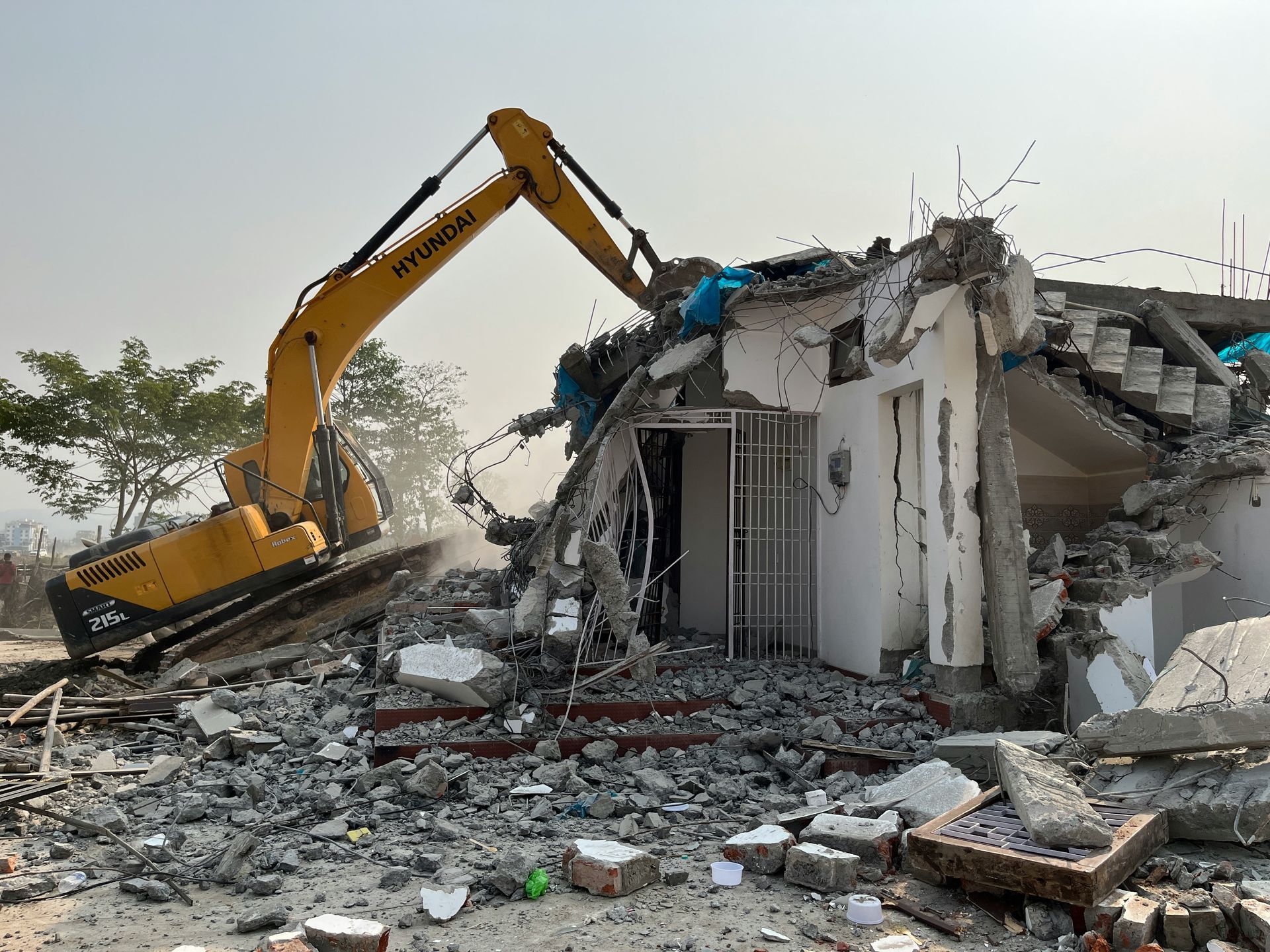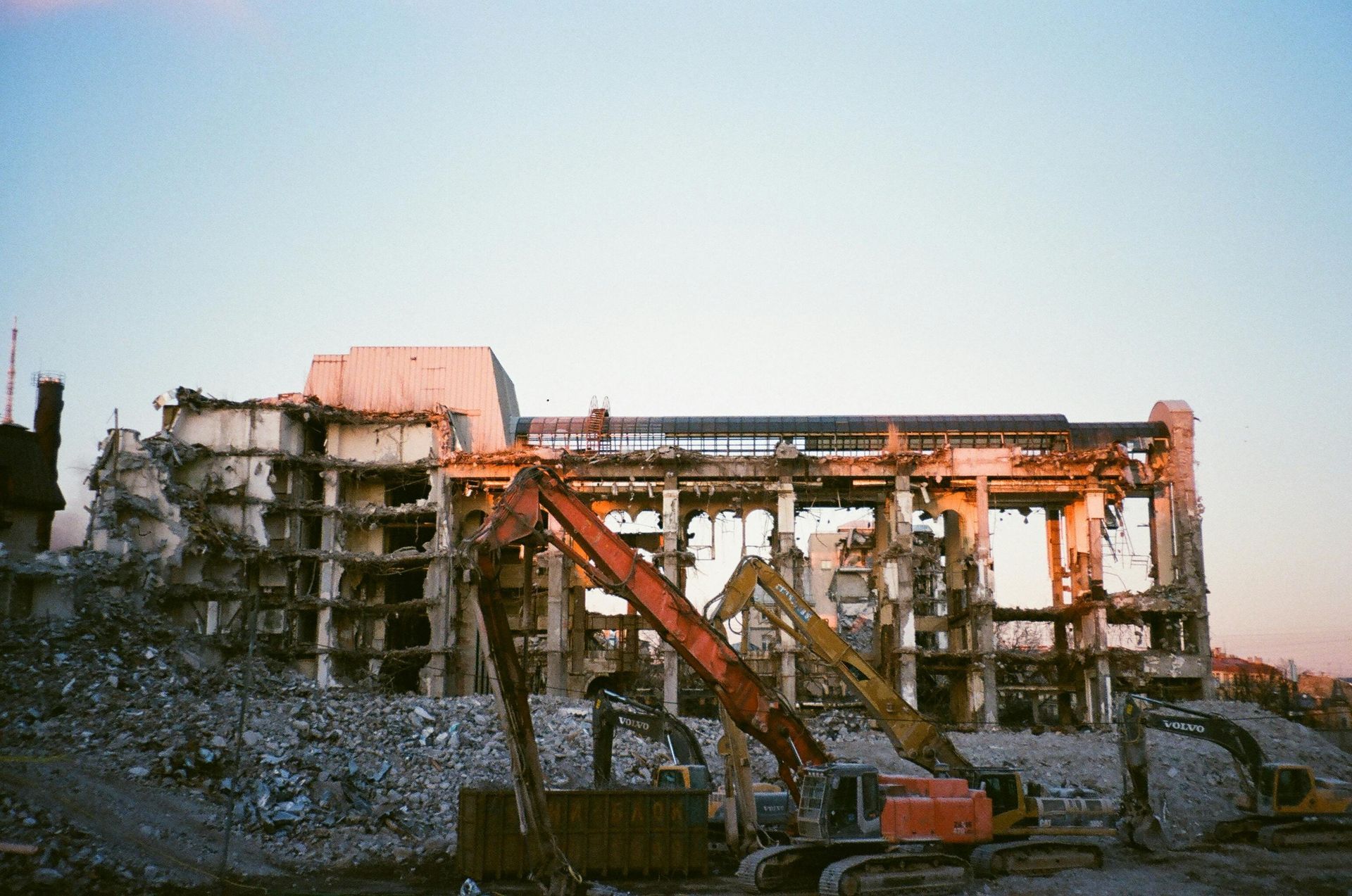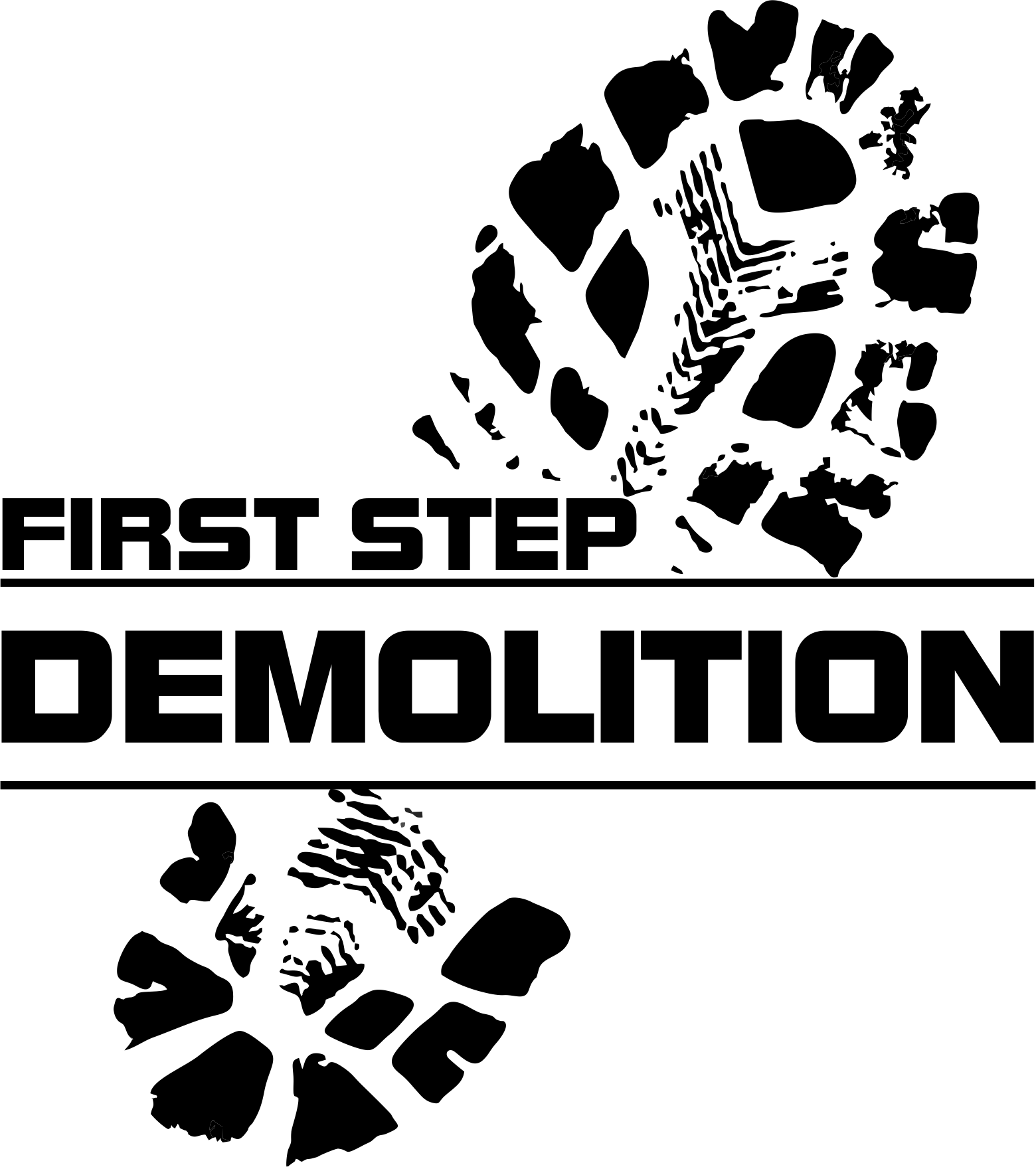Most Common Demolition Questions
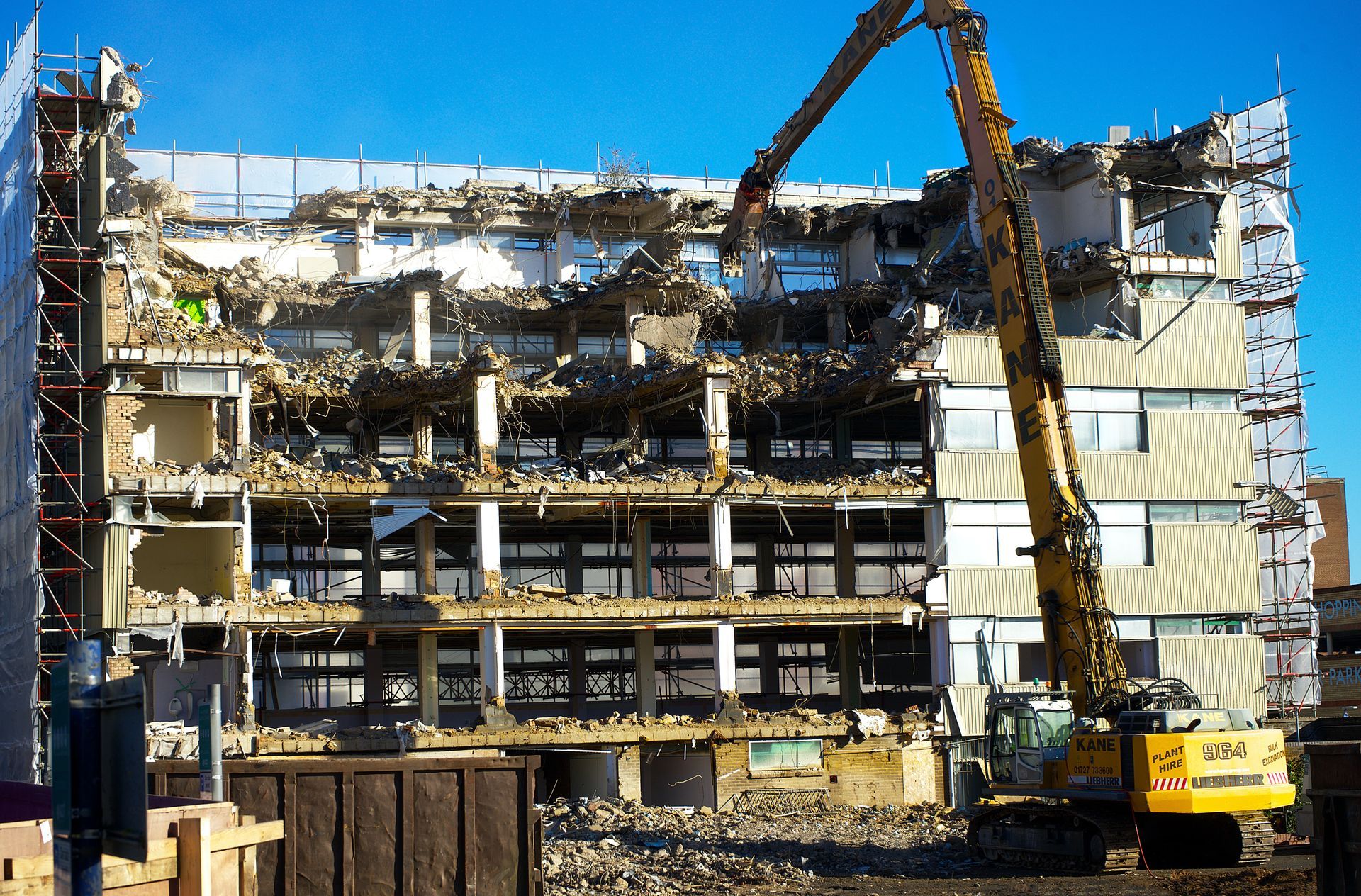
Demolition is a necessary process for many homeowners and business owners. It can be done for many reasons, including making way for a new construction, getting rid of an eyesore, or demolishing a dangerous or unstable structure. However, the process can be confusing and intimidating if you don't know what to expect. Demolition can be a complex and dangerous process, so it's important to do your research before you get started.
In this article, we will answer the most common demolition questions. We'll provide tips for how to prepare for demolition and how to stay safe during the process. We'll also discuss what happens after demolition is complete. If you're considering demolishing a structure, read on to learn about the top demolition FAQs.
Top Six Demolition FAQs
Demolition is the process of bringing down a structure, whether it's a residential property or a commercial building. It can be a complex and dangerous undertaking, which is why it's important to work with a
professional demolition company. Before you begin the process, you'll likely have many questions. Here are answers to some of the most frequently asked questions about demolition.
1. What is demolition and what services does it include?
Demolition is the process of dismantling a structure, or multiple structures. This can be done for a variety of reasons, such as to clear an area for new construction, to remove a hazard, or to salvage materials from the structure. Demolition typically includes a variety of services, such as asbestos removal, site clearing, and debris removal. It can be a complex and dangerous process, so it is important to work with a professional demolition company that has experience and expertise in safely executing the job.
2. Why do people choose to demolish a structure instead of renovating it?
Another common demolition FAQ is why do people choose to demolish a structure instead of renovating it? Demolition is typically done when the structure is no longer safe or functional, or when the owners want to build something new in its place. Demolition can be a complicated and expensive process, so many people wonder why it is often chosen over renovation. There are several reasons that demolition may be the best option:
- Demolition can be cheaper than renovation, especially if the structure is very old or in poor condition.
- Demolition is often faster than renovation, which can take months or even years.
- Demolition can be less disruptive than renovation, since it does not require workers to enter the home or office.
- Demolition can allow for more flexibility in design, since the new structure can be built from scratch.
Ultimately, the decision of whether to demolish or renovate a structure depends on a variety of factors. The age, condition, and location of the structure all play a role, as well as the budget and timeline of the project. In some cases, demolition may be the only option; in others, it may simply be the most efficient way to achieve the desired results.
3. How much does demolition cost, on average, and how long does it take to complete the process?
The cost of demolition varies depending on the size and type of structure, but it typically ranges from a few thousand dollars to a million dollars. The bigger the project, the more costly it is. The cost will also depend on what type of demolition process the project needs. The process usually takes anywhere from a few days to a few weeks to complete. In some cases, it may be possible to salvage materials from the demolition site, which can help to offset the cost of the project.
Demolition can be a messy and dangerous process, so it is important to hire a reputable contractor who has experience with this type of work. With proper planning and execution, demolition can be an efficient and cost-effective way to clear a piece of land for new construction.
4. Are there any environmental concerns associated with demolition that homeowners should be aware of before starting the project?
Demolition is a big project that can have a significant impact on the environment. To help minimize the environmental impact of demolition, homeowners should be aware of the potential concerns associated with the process. One of the most common environmental concerns is the release of asbestos into the air. Asbestos is a harmful substance that can cause serious health problems, including lung cancer. Hence, it is important to have a professional test for asbestos before starting any demolition work.
In addition, demolition generates a lot of waste, which can end up in landfills if not disposed of properly. To reduce the amount of waste generated, homeowners should try to reuse or recycle as much material as possible. Demolition can be a messy and dangerous process, but by being aware of the potential environmental concerns, homeowners can help to protect themselves and the environment.
5. Can I demolish a structure on my own or do I need to hire a professional contractor for the job?
Demolition is not a do-it-yourself job. While it may seem simple to just tear down a structure, the process is actually quite complex and requires specialized equipment and training. Demolition contractors are experienced in safely demolishing all types of buildings, from single-family homes to high-rise office towers. They will also have the necessary insurance to protect you in case of any accidents. In addition, most jurisdictions have strict regulations governing demolition, so it is important to hire a contractor who is familiar with the relevant laws and permits. Demolishing a structure is a major project, so be sure to ask plenty of questions and get multiple bids before hiring a contractor.
6. What are some common misconceptions about demolition that people often have?
The last and most common demolition FAQ is the misconceptions people have about it. Demolition is often seen as a noisy and destructive process. However, there is more to demolition than meets the eye. In fact, demolition can be a highly controlled and precise operation, with a variety of safety measures in place to protect workers and the surrounding community. Here are some common misconceptions about demolition that you may have heard:
Demolition always involves explosives: In many cases, explosives are not necessary for demolition. Instead, mechanical equipment such as excavators can be used to safely and effectively dismantle a structure.- Demolition is always messy: While there is inevitably some debris associated with demolition, all efforts are made to contain it and minimize its impact on the surrounding area. For example, water trucks may be used to suppress dust, and barriers may be erected to catch any falling debris.
- Demolition is always dangerous: Demolition work does come with some risks. However, these risks are carefully managed through comprehensive safety planning. For example, workers may wear personal protective equipment such as hard hats and steel-toed boots, and landings may be set up to catch any falling debris.
By understanding the true nature of demolition, you can rest assured that the process is being carried out safely and effectively.
Demolition can be a daunting task. It is important to know what questions to ask before starting a demolition project. By asking the right questions, you can ensure that your demolition project goes as smoothly as possible.
First Step Demolition
Looking for reliable demolition services? Look no further than First Step Demolition. We have the experience and expertise to safely demolish any structure, from single-family homes to high-rise office towers. In addition, we are familiar with the relevant laws and permits in your area and can handle all the paperwork for you. We also recycle or reuse as much material as possible, minimizing the environmental impact of our work. So if you're planning a demolition project, don't hesitate to
contact us. We'll be happy to answer any of your questions and help you get started on your project.
